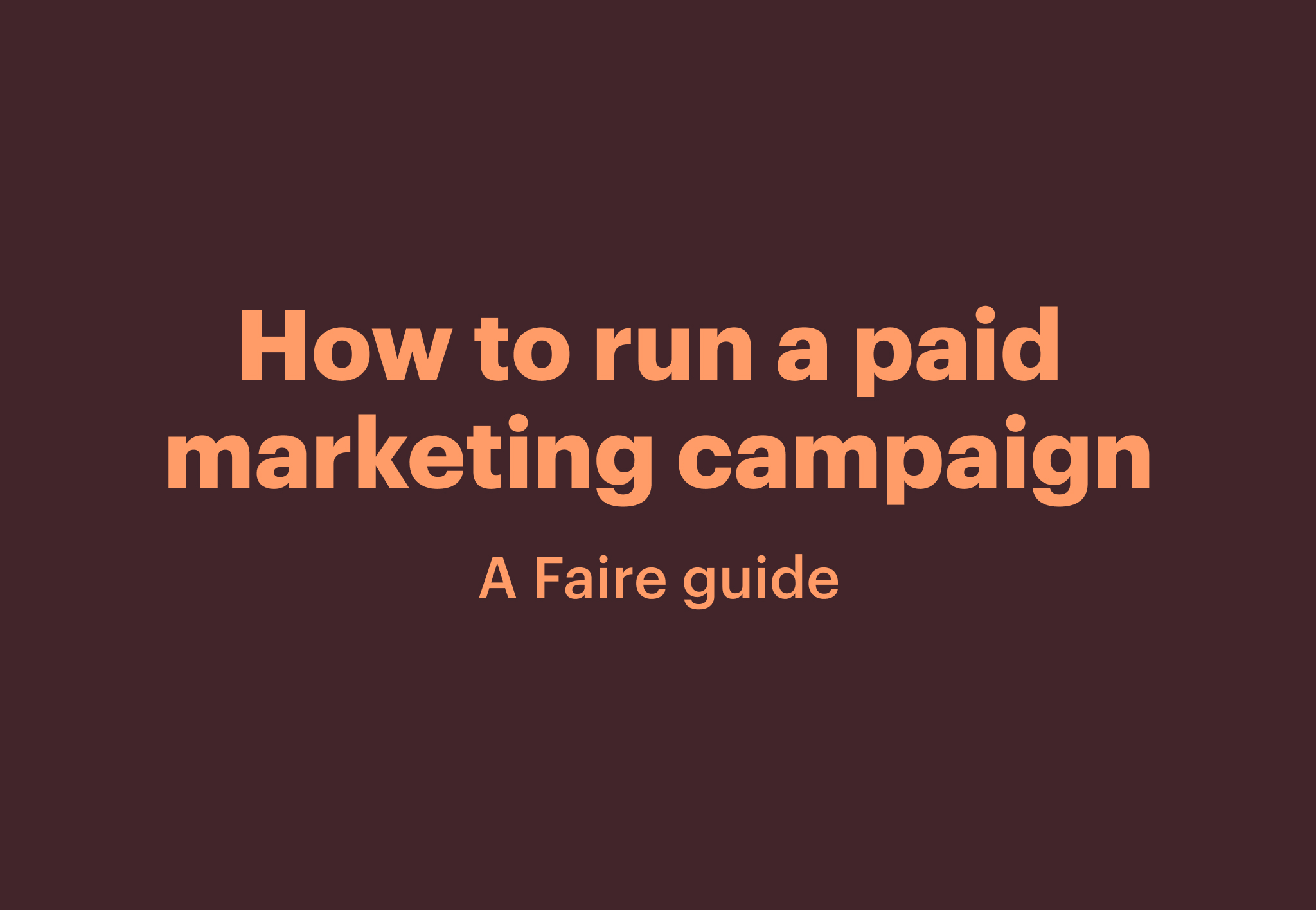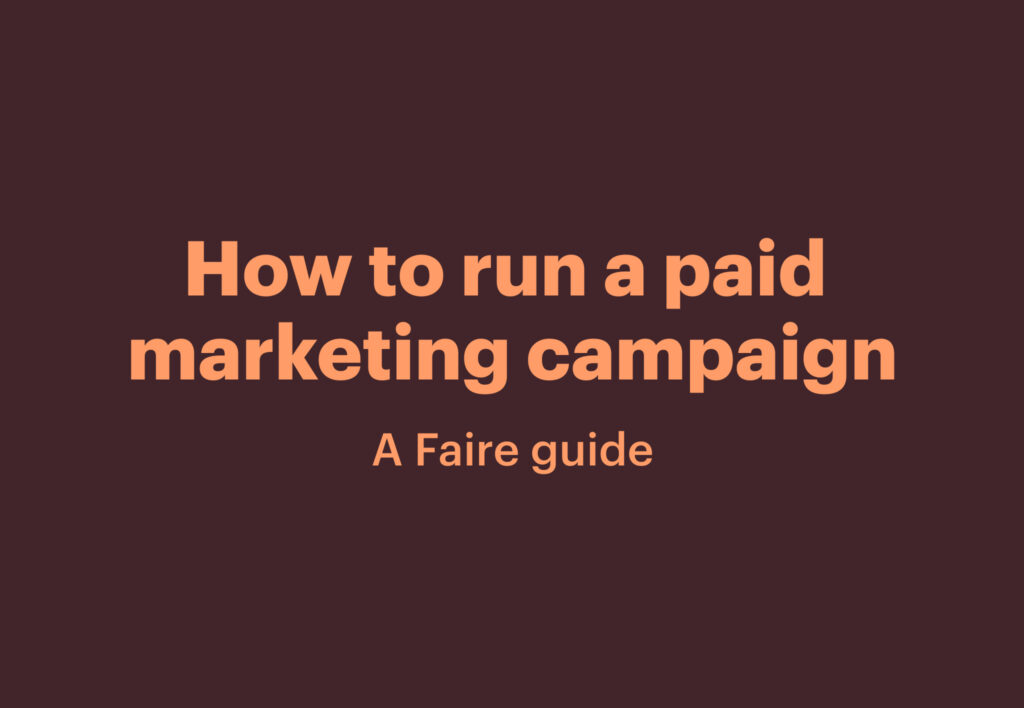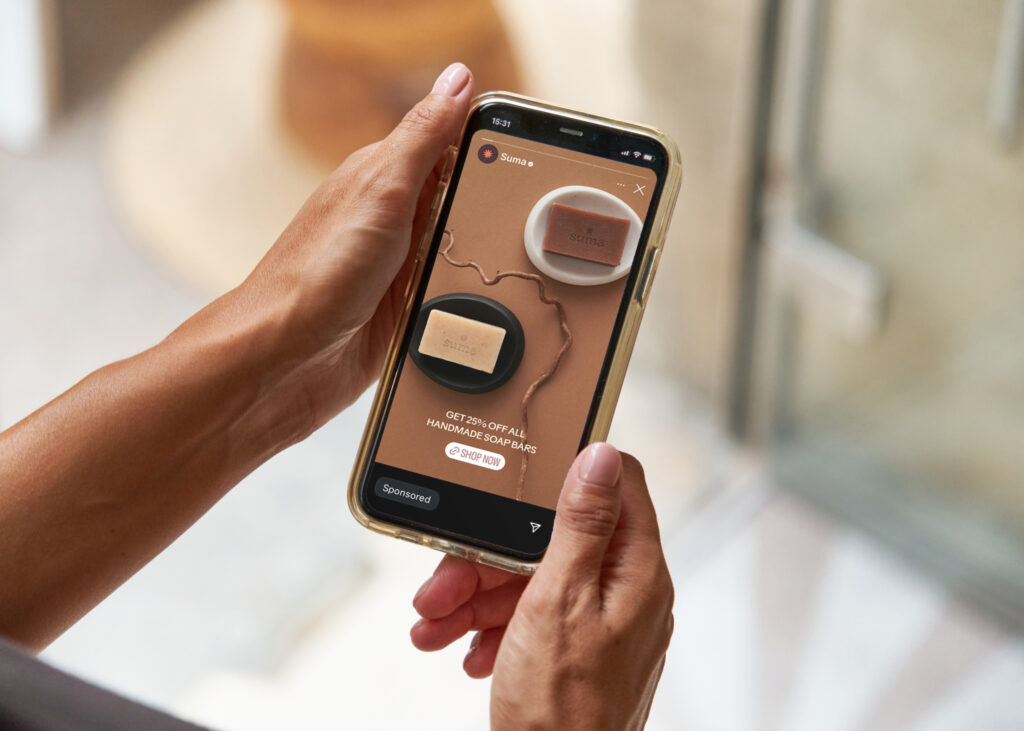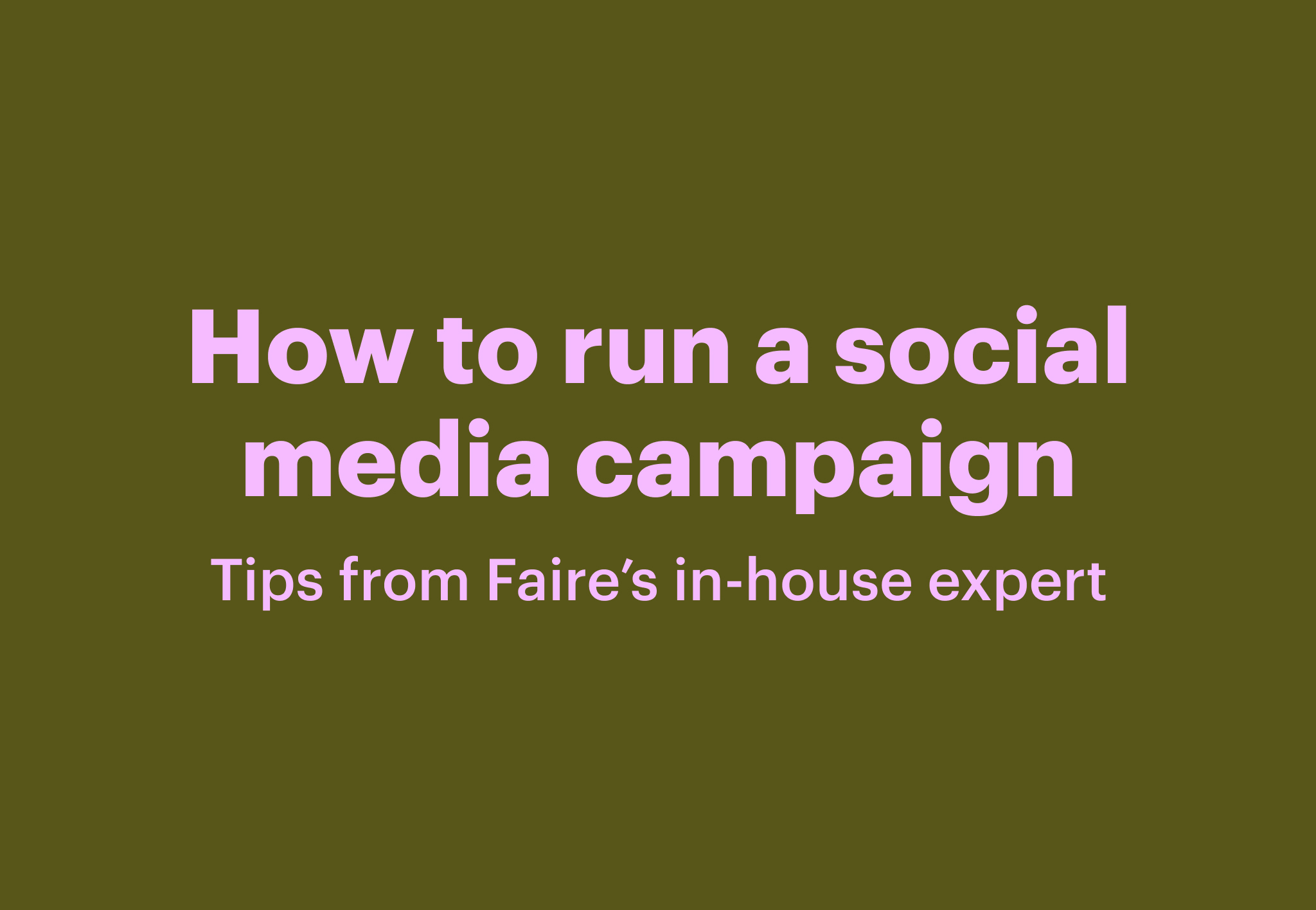

Social media marketing is a powerful tool to reach your audience. In this article, we covered the basics of effective social media campaigns, but if you’re ready to take it up a notch, it may be time to spend a bit of money for bigger results. From strategizing to gauging success, the following guide will introduce you to paid marketing and take your social marketing strategy to the next level.
What is paid marketing?
Anytime a business pays to display advertisements online or to have its branded content reach a specific audience, it is engaging in paid marketing. You can use paid marketing to drive traffic to your website, elevate your brand’s visibility, and bring in more leads and/or sales for your business. Different types of paid marketing include search engine optimization (SEO), paid placement, video media, print media, direct mail, partnerships, promotions, and events.
Here are some paid marketing options you may have encountered before:
- Social media marketing: Paying to have your ads or posts appear on social media platforms like Instagram or TikTok for specific users.
- Influencer marketing: Partnering with online influencers with sizable social media followings who can increase the visibility of your brand by promoting it to their audience.
- Paid search marketing: Bidding on keywords so your online ads appear in the sponsored search engine results.
- Display advertising: Banners, rich media ads, and other visual advertisements embedded in online platforms and websites.
If you’re going to invest in any of these paid marketing channels, you’ll also need to understand some basic terminology.
These are some of the essential terms you’ll encounter:
- Ad spend: The total budget you allocate to advertising channels during a given time period. For example, a company might allocate $2,000 a month toward its advertising campaigns.
- Impressions: The number of times an advertisement is displayed or shown. If an ad or post is viewed, it counts as an impression. They represent the ad’s potential exposure. For example, Valentine-focused impressions increase on Instagram in February.
- Click Through Rate (CTR): The percentage of viewers who click on an ad relative to the number of impressions an ad has received. For example, if a brand gets 50 clicks from 5,000 impressions, its CTR = 1%.
- Attribution window: A defined period of time in which one can claim that a click or impression led to an action such as placing an order. For example, Faire sets an attribution window of 14 days.
Why invest in paid marketing?
Simply put, paid marketing can help your business gain more exposure and ultimately increase revenue. Of course, there are many free and cost-effective marketing techniques to promote your business, including free SEO tools, but you can supercharge your results with a bit of budget. Web traffic from paid marketing has a higher conversation rate than traffic from organic search engine marketing, which can be hugely competitive and time-consuming. Eighty percent of marketing professionals utilize some form of paid advertising—so it’s a major part of most companies’ strategy.
This doesn’t mean you should only focus on paid advertising, but it does mean you should carve out some money in your monthly budget to run paid marketing campaigns.
How do you choose which platform to use?
Investing in paid social media marketing to boost your posts on social media platforms is one of the best ways to make the most of your monthly ad spend. There are several different social media platforms to choose from including Instagram, Facebook, TikTok, Snapchat, LinkedIn, and more. Some of these will be better suited to your brand than others—it just depends on your target audience and the goals of your paid marketing campaign.
If you’re targeting a younger audience, for example, TikTok is a good option. LinkedIn might be a better option if you’re trying to sell products that are used in a business setting. And if you’re looking to design a more sophisticated and personalized paid social media campaign targeting multiple audience segments, then Meta (Facebook and Instagram) might be your best bet. Faire is also rolling out Promoted Listings for brands in the United States, which is ideal for wholesalers looking to engage in B2B marketing.

How do you know which audience to target?
You always want to reach as many people as possible with your paid advertising, but it’s important to be strategic about exactly who you reach. There are a few simple ways to identify your target audience like reviewing social media insights, analyzing customer data, and looking into who follows and engages with similar brands. It’s also possible to target several different audience segments with content customized to their needs, preferences, and interests.
Factors like age, gender, location, hobbies/interests, education level, income level, job title, and whether you’re targeting specific groups like parents or college students will determine which platforms are more useful. You can also simply ask your customers which platforms they use in an annual survey with questions on a variety of topics. Then choose the right platform(s) and use filters to further specify your audience based on demographics, location, language, and more.
How do you set a budget for paid marketing?
There is no such thing as a one-size-fits-all approach to setting your paid advertising budget, but there are a few factors every business should keep in mind. You will want to think about your company size and annual revenue first and foremost, with 30% of revenue being a good rule of thumb. You’ll also want to determine your specific goals before allocating chunks of your budget to different social media platforms. For instance, are you trying to generate leads, build brand awareness, or generate more demand for your products? Different platforms will be better suited to achieving these goals.
The general rule is that you want to set at least enough of your ad budget to get 50 conversions per week based on whatever kind of conversations you’re trying to achieve. For example, if you care about getting purchases first and foremost, you’ll want your social marketing campaign to bring in at least 50 purchases per week.
How do you know if it’s working?
As a business owner, it’s important to continuously look at performance metrics so you can adjust accordingly. These metrics, known as key performance indicators, or KPIs, can be applied specifically to social marketing to determine whether your efforts are paying off. Some important metrics include number of impressions, cost per click, and return on ad spend.
Most social media platforms offer easy-to-use tools to monitor essential metrics. You might need to modify your budget allocation or pull some ads/posts altogether, but try to allow enough time to assess the performance, make adjustments, and reassess before pulling anything. You can monitor these metrics daily, monthly, and quarterly to make different decisions about your paid social marketing efforts and achieve the best possible results for your business.



